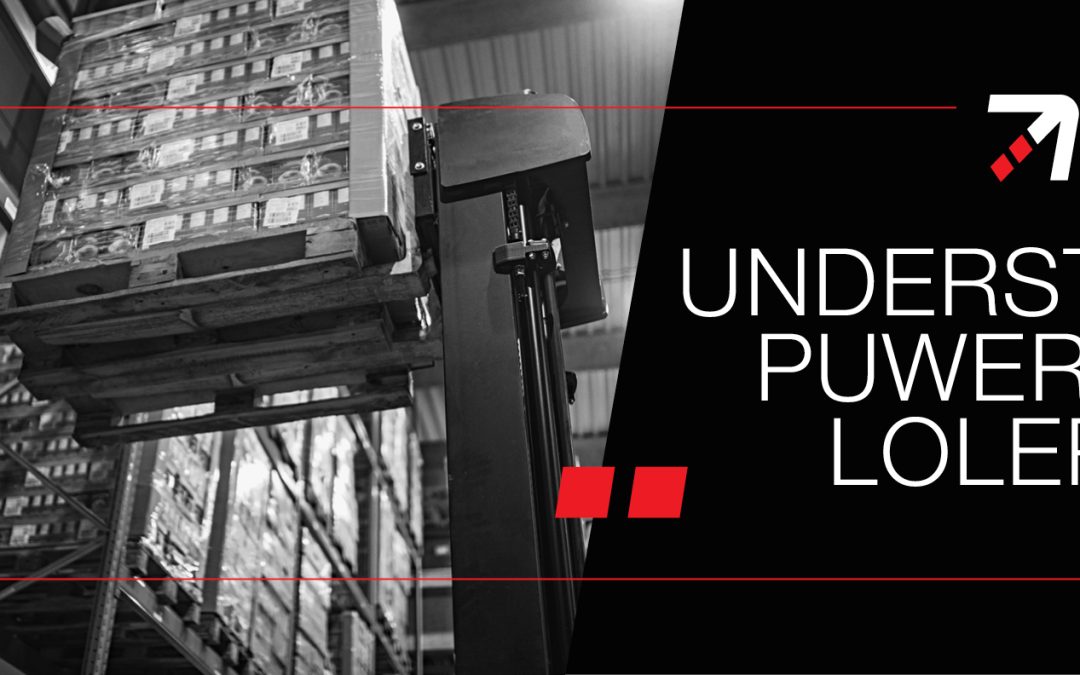PUWER and LOLER are two essential sets of workplace regulations designed to keep people safe – especially in industries involving materials handling. Without these regulations, businesses risk serious harm to operators due to improper use or poor maintenance of equipment.
These regulations work together to ensure that machinery – including pallet trucks and lifting equipment – are safely operated and properly maintained.
At SHS Handling solutions, we specialise in servicing and inspecting workplace equipment under PUWER and LOLER. With over 25 years of experience, we help businesses meet regulatory standards through tailored inspections and servicing for pallet trucks and other handling equipment.
In this article, we explore what PUWER and LOLER are, how they differ, and why staying compliant is critical.
What is PUWER?
The Provision and Use of Work Equipment Regulations (PUWER), introduced in 1998, ensures that all workplace equipment is safe to use. PUWER assessments check that equipment is:
- Suitable for the intended use
- Maintained in a safe condition and correctly installed
- Used with the appropriate set of health and safety measures
- Operated in line with specific requirements
PUWER regulations are particularly important for manual and electric pallet trucks. They must be inspected annually to ensure safety, minimise operational risks and avoid disruptions. A PUWER assessment can be carried out onsite at a time that suits your operations. Failure to comply may result in fines and increase safety risks.
What is LOLER?
The Lifting Operations and Lifting Equipment Regulations (LOLER) is a mandatory workplace regulation that applies specifically to Lifting Equipment including stackers and order pickers. LOLER covers both the machinery and the people responsible for its operation. LOLER inspections typically assess:
- Load testing: Ensuring the equipment can safely handle its intended load.
- Structural integrity: Verifying the equipment can withstnad operational stresses.
Under LOLER, employers are responsible for ensuring that all operators are trained and competent. Non-compliance with LOLER may result in legal action, fines and risk of safety hazards.
PUWER v’s LOLER: What’s the Difference?
Although they work together, PUWER and LOLER serve different purposes:
PUWER applies broadly to all workplace equipment, ensuring that it is operationally safe and is accompanied by a set of health and safety guidelines to protect the safety of workplace employees. PUWER regulations apply to almost every piece of workplace equipment, including manual and electric pallet trucks to ensure safe use.
LOLER applies specifically to lifting equipment, including stackers and order pickers to guarantee safe lifting operations. This involves the person responsible for operating the equipment and the equipment itself which is tested against selected criteria to ensure optimal safety.
In short: PUWER checks general equipment safety: LOLER ensures safe lifting practices.
PUWER & LOLER Inspection Processes
A PUWER inspection falls into three categories:
A pre-check is carried out on the equipment before first use. This check ensures that every aspect of the equipment is operating efficiently to ensure full safety before the first use. A pre-check is not classed as an official inspection under the PUWER legislation, however, it is still imperative that a pre-check is carried out before first use of the equipment to ensure safety and minimise potential risks.
A visual inspection includes a visual inspection of the workplace equipment to identify and assess any visual damage or wear within the equipment. This inspection is more detailed than a pre-check and is performed on a consistent basis to ensure good practice and maintain safety.
A thorough examination includes an in-depth check that assesses all functions of the equipment. These examinations are carried out periodically.
In contrast, the LOLER inspection process involves regular inspection. The HSE advises that employers carry out inspections twice a year which meets the LOLER inspection frequency and maintains a long lifting equipment life span.
Every 6 months: all equipment involved in lifting goods or people should be assessed, which includes harnesses, lanyards, slings and shackles.
Every 12 months: full examination of the lifting equipment itself.
This frequency reflects the critical nature of the equipment attachments and accessories, which often bear the brunt of operational strain.
Why Compliance Matters
PUWER and LOLER regulations are vitally important to follow and comply with. Failure to comply with both sets of regulations can result in fines and legal consequences for the employer as well as a safety risk to all employees.
According to data released by the HSE, 80% of prosecutions for non compliance with PUWER and LOLER have led to criminal convictions. Maintaining regular inspections and servicing is a non-negotiable part of keeping your workplace safe and legal.
SHS Handling Solutions’ Expertise
While the thought of carefully following both regulations may seem difficult, SHS Handling Solutions provides a team of experts to do the work for you. Book equipment servicing solutions with us today to ensure your workplace is PUWER or LOLER compliant. Contact us today and one of our experts will assist you, every step of the way.
As a RoSPA member with over 25 years of experience, we’re trusted by companies across the UK to deliver tailored, fully compliant servicing and inspections. From pallet trucks to lifting equipment, we ensure everything is in top condition and meets the latest legal standards.

